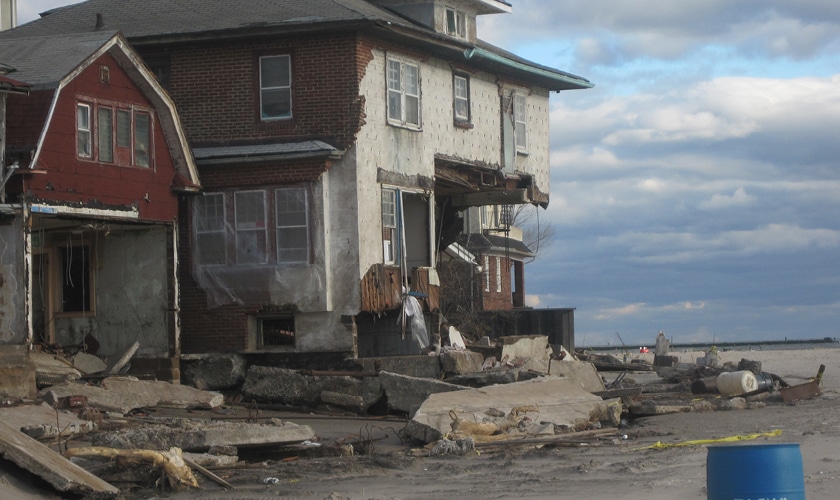As we reach the 10th anniversary of Superstorm Sandy – one of the most costly and destructive weather events to ever hit the Northeastern United States – the need to innovate and think outside the box to protect and prepare public infrastructure in geographically vulnerable areas from the effects of extreme rainfall, coastal or riverine flooding, and rising sea levels remains crucial. Earlier this year, forecasters at the National Oceanic and Atmospheric Administration’s climate prediction center, a division of the National Weather Service, predicted the seventh consecutive year of above-average hurricane activity.
To that end, the Infrastructure Investment and Jobs Act (IIJA) authorized roughly $47 billion in funds for resilience and climate-related programs to address flood and wildfire mitigation, drought, coastal resilience, and ecosystem restoration. This includes PROTECT grants, which fund formula funding and competitive grants to make the nation’s transportation infrastructure more resilient against extreme weather events.
Under the leadership of Christopher Cerino, P.E., F.SEI, DBIA, vice president and director of structural engineering, STV’s resilience team has been at the forefront of developing future-focused design innovations that are shifting the industry’s way of thinking to meet the challenges presented by climate change.
“While our resilience projects have helped provide individual solutions for our clients, the bigger picture centers around the building of new frameworks within an entire community,” Cerino said. “Projects are tailored solutions for unique sites, but long-term solutions lie in rethinking community resilience and disaster management on a large scale.”
STV’s resilience team has long been at the forefront of thought leadership in the realms of resilient and sustainable engineering solutions. From industry roundtables and symposiums; to papers on the effects of COVID-19; authoring key industry guidance, developing new codes and standards; and reviews of the current tools and techniques for resilient infrastructure, STV’s deep bench of planners, engineers, architects and construction and program management professionals process innovative thinking into reality for our clients to better protect their public infrastructure against extreme weather events like Superstorm Sandy.
“In a lot of ways, Sandy dictated the entire trajectory of my career,” said Breanna Gribble, CHMM, ENV SP, WELL AP, WEDG, Fitwell Ambassador, and senior resilience manager at STV. “Events like that lead to complete overhauls of future planning, codes, and policies.”
One way STV’s team has excelled in this area is by turning to and collaborating with partners outside of the design and construction industry.
Cerino and Ryan Conry, P.E., S.E., assistant structural engineering director in New York, authored Appendix D of the ASCE Manual of Practice 140 ‘Climate Resilient Infrastructure.’ The Appendix is a comprehensive performance review of all available barrier systems at the time it was written in 2019. STV’s team researched the barriers, visited the manufacturing facility, and witnessed the testing for many of the documented systems.
“The publication may be done, but the findings and their practical applications will continue to be works in progress,” Fields said. “Every change in engineering is an opportunity for innovation.”






